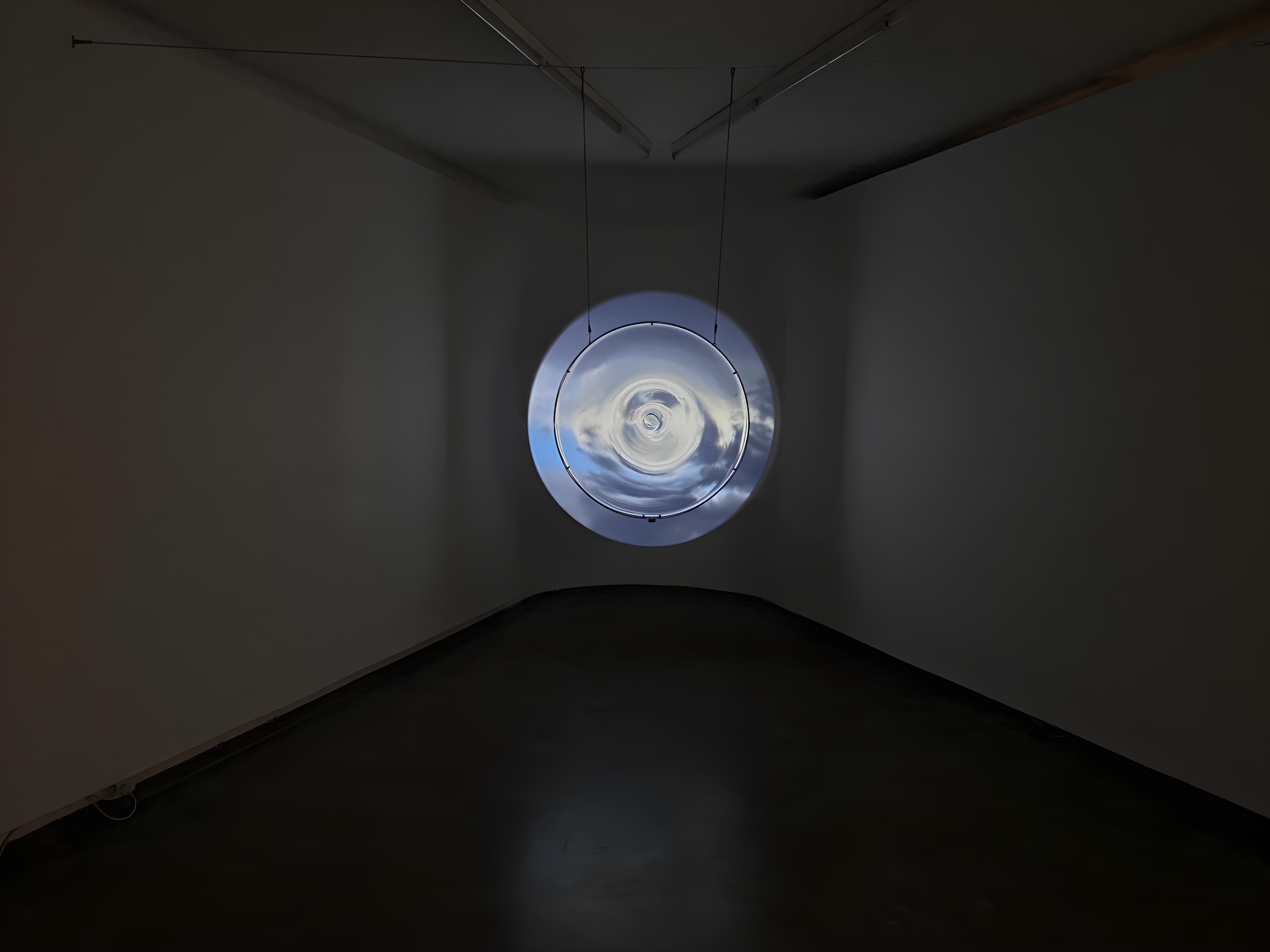
As Above, So Below
The term ‘as above, so below’ has its origins in an ancient, cryptic text known as the Emerald Tablet. Drawn from a Latin interpretation and adopted by a number of different belief systems, the phrase is commonly used to describe the idea that the microcosm mirrors the macrocosm and vice versa. It can be interpreted to mean that events in the spiritual world are echoed in the physical world, or what exists in the digital or virtual world mimics that in the real world. Further, it might suggest that what occurs inside the human body is mirrored in the surrounding environment, or what happens on a small scale will also take place on a large scale.
In our current state of climate crisis, whereby seemingly minute changes in temperature and sea levels threaten catastrophic changes to the broader ecosystem, ‘as above, so below’ becomes a warning. The exhibition brings together new and recent works by Australian and international artists who engage with our environment by investigating hidden ecosystems, plant communication, endangered species, air quality, eco-acoustics, posthumanism, plant/human relationships, and more.
Artists: Robert Andrew (Australia), Tully Arnot (Australia/Hong Kong), Art for Nons (Lea Luka Sikau, Denisa Půbalová, Antje Jacobs) (Germany, Netherlands, Australia), Michele Barker+Anna Munster (Australia), Kate Geck (Australia), Oliver Hull (Australia), Anna May Kirk (Australia), Ross Manning and Anna Tweeddale (Australia), Daniel Miller (USA), Anna Madeleine Raupach (Australia), Tiare Ribeaux (USA), Scenoscosme (Grégory Lasserre and Anaïs met den Ancxt) (France), Nicole Smede (Australia), Tamiko Thiel (Germany), and Xenoangel (Samuel Twidale and Marija Avramovic) (France).
As Above, So Below forms part of the creative program for the International Symposium on Electronic Art (ISEA), one of the world’s pre-eminent electronic art symposiums.
The International Symposium on Electronic Art (ISEA) is a prominent event that brings together scholars, artists, and scientists from around the world to explore the intersection of art, science, and technology. The symposium was first held in 1988 and has since become one of the most significant forums for exchanging ideas and presenting cutting-edge work in electronic art and related fields. What makes ISEA unique is how the symposium combines an academic conference with a creative program of exhibitions, performances, and workshops – bringing together artists, academics, theorists and creative technologists to share their research along with their latest prototypes, technological developments and creative works.
ISEA is a nomadic event held in a different location every year. Recently ISEA has been held in South Korea in 2019, Montreal in 2020, Barcelona in 2022 and Paris 2023. The symposium was last held in Australia in Sydney in 2013.
In 2024 the 29th Symposium will be held in Meanjin, on the lands of the Turrbal and Jagera peoples, the First Nations custodians of the lands and waters of Brisbane, the capital of Queensland, Australia. ISEA2024 will provide a platform for individuals and organisations from around the world to engage in a conversation about the relationships between art, science and technology and diverse cultural approaches to knowing, sharing, and understanding our place and time within a rapidly changing world.
The academic conference will take place at the Brisbane Convention & Exhibition Centre from 21 June 2024. The widespread creative program will include exhibitions, workshops and events across Meanjin/Brisbane and South East Queensland.
A selection of works have audio descriptions, which are vivid verbal descriptions that make visual information accessible for people who are blind or have low vision, and offer a new perspective for everyone.
The social story illustrates a visit to QUT Art Museum with information about what to expect. This tool is designed for use by visitors requiring support to navigate through the Museum and enjoy the experience.
The sensory map shows visitors where to expect artworks with moving image and sound, and interactive displays. It also shows where to find quieter spaces, audio described artworks, and seating.
Take an interactive virtual tour of the exhibition from wherever you are in the world. Artwork labels are marked by teal tags, and audio descriptions are marked by orange tags.

